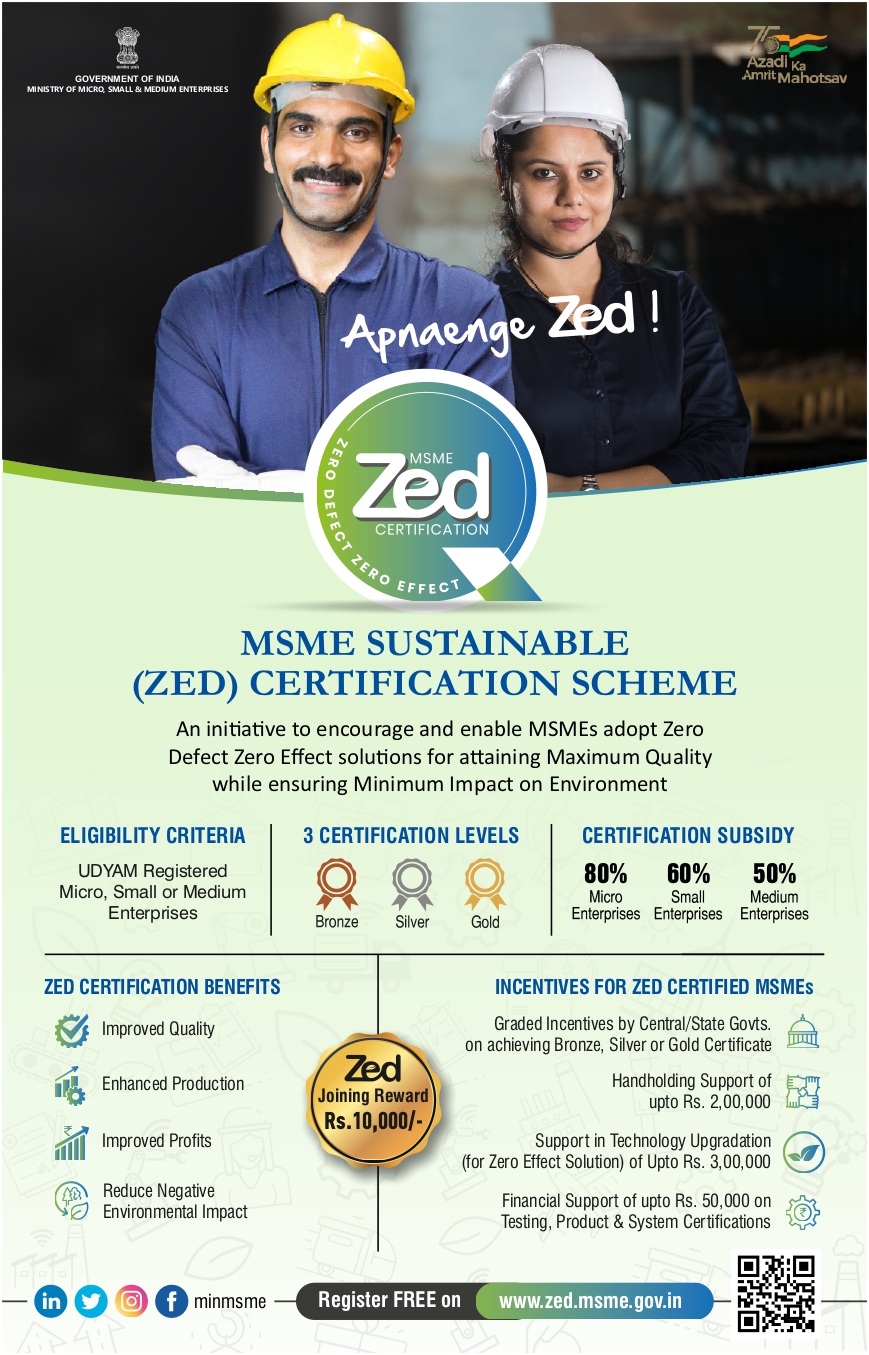The Government of India introduced a new definition of MSMEs (Micro, Small and Medium Enterprises) in 2020 to replace the old definition, which was in place since 2006.
Here are the key differences between the new and old definitions of
MSMEs:
1. Criteria:
The old definition of MSMEs was based on the investment in plant and machinery
or equipment, whereas the new definition is based on both investment and annual
turnover.
2. Investment Limits:
The investment limits for MSMEs have been revised upwards under the new
definition. For example, a micro-enterprise can now have an investment of up to
one crore rupees, compared to the earlier limit of up to 25 lakhs.
3. Annual Turnover:
The new definition includes annual turnover as a criterion, which was
not considered under the old definition. This is expected to provide greater
flexibility to businesses and encourage them to grow their revenues.
4. Medium Enterprises:
The new definition includes medium-sized enterprises, which were
not covered under the old definition. This is expected to provide more
opportunities for businesses to grow and expand, and also to create more jobs.
5. Additional Benefits:
The new definition provides additional benefits to MSMEs, such as
easier access to credit and priority in government procurement.
Overall,
the new definition of MSMEs is expected to provide greater flexibility,
encourage businesses to grow and expand, and provide additional benefits to
MSMEs. The revised definition is also expected to make Indian MSMEs more
competitive and enable them to contribute more to the country's economy.


